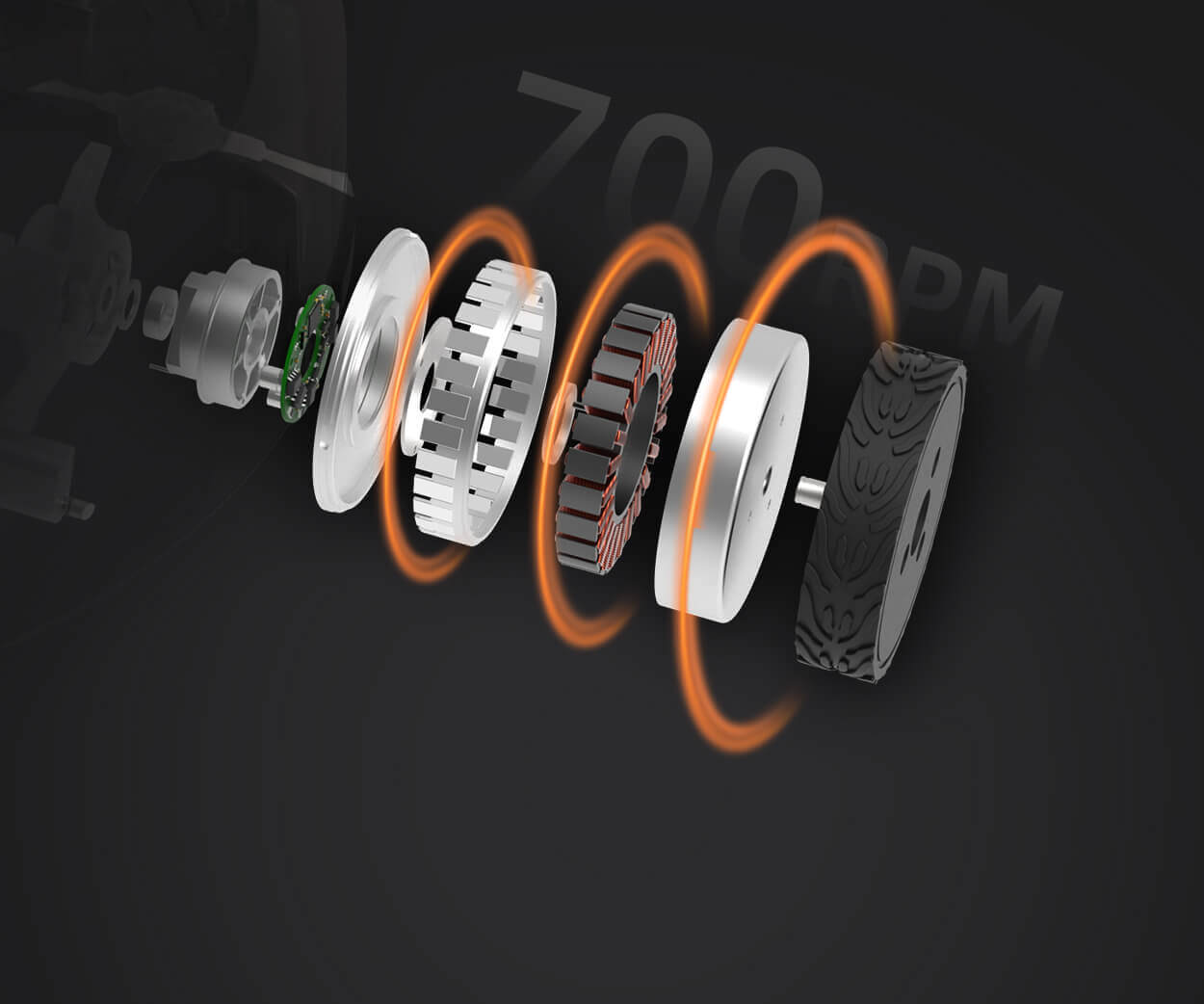part 1:
Unlocking Precision: Understanding the Degrees of a Servomotor
In the realm of robotics, automation, and precise mechanical control, servomotors stand out as the workhorses that enable intricate movements and exact positioning. Whether it’s robotic arms assembling microchips or camera gimbals stabilizing shots, a common underlying component is the faithful servomotor. Central to understanding their performance and application is the concept of "degrees of a servomotor," a term that many engineers and hobbyists alike find both intriguing and essential.

What is a Servomotor?
Before delving into the degrees, it’s helpful to grasp what a servomotor actually is. Unlike simple motors that just spin continuously, a servomotor is a type of rotary actuator designed for position control; that is, it can rotate to a specific angle and hold that position with precision. This is achieved through a feedback mechanism (often a potentiometer or encoder) that constantly compares the motor's actual position to the desired position, adjusting power accordingly.
Servomotors are used in countless applications — from remote-controlled cars and robotics to CNC machinery and aerospace systems. They are prized for their ability to deliver accurate, controlled movements, often within a fraction of a degree.
The Concept of "Degrees" in Servomotors
The term "degrees" in the context of servomotors refers to the total amount of rotation that the motor can perform within its control range. Think of it like the degrees in a circle: a full rotation measures 360 degrees, indicating a complete spin back to where it started. For servomotors, their degrees of rotation tell us how far they can turn from their neutral (or starting) position to their maximum point, and back.
Most servomotors don’t rotate a full 360 degrees; instead, they have a limited range, often specified in degrees, such as 90°, 180°, 270°, or sometimes more. This range indicates how far the arm or output shaft can move, which is crucial in applications where precise positioning is required.
Why Do Degrees Matter?
Understanding the degrees of a servomotor isn’t just about knowing its physical limits but about appreciating its capabilities in real-world scenarios. For example, a servo with a 180° rotation is perfect for applications requiring semi-circular movement, such as robotic arms or steering mechanisms. Conversely, a servo capable of 360° rotation or more can be used in continuous rotation applications, like conveyor belts or wheel drives.
The degrees of a servomotor directly influence how precisely it can position a load, how smoothly it can operate, and how much control engineers have over movement profiles. As a result, selecting the right range of degrees is fundamental in designing effective automation systems.
Types of Servomotors Based on Rotation Range
Servomotors are commonly classified according to their rotation limits:
Limited Rotation Servos: These are designed for specific, restricted ranges, typically from 60° to 180°. They are excellent where only a specific angular movement is needed, such as opening a door or moving a robotic finger.
360-Degree or Continuous Rotation Servos: These servos can rotate freely around a full circle, enabling them to act like a motor with unlimited rotations. They usually do not have positional control but are used in applications like driving wheels or robotic bases.
Reversible Servos: Some servos can rotate both clockwise and counterclockwise over a specified range, often 180° to 270°, providing more flexible movement options.
How Do Manufacturers Specify Degrees?
Manufacturers typically specify the degrees of a servo as part of the product's technical specifications. They’ll mention the maximum rotation angle, whether the servo is able to rotate beyond that, and if it has a positional feedback system for precise control.
High-quality servo systems might also include servo horns or arms with specified degrees of movement, fitting particular tasks or mechanical setups. For example, a servo arm designed for 180° movement will be more suited for applications that require a precise but limited range.
In our next section, we'll explore how the degrees of a servomotor influence its performance, applications in different industries, and how to choose the right servo for your specific needs. We’ll also look into the technology behind high-precision servos and how advances are pushing the boundaries of what these tiny yet powerful devices can do.
Leveraging innovations in modular drive technology, Kpower integrates high-performance motors, precision reducers, and multi-protocol control systems to provide efficient and customized smart drive system solutions.




































